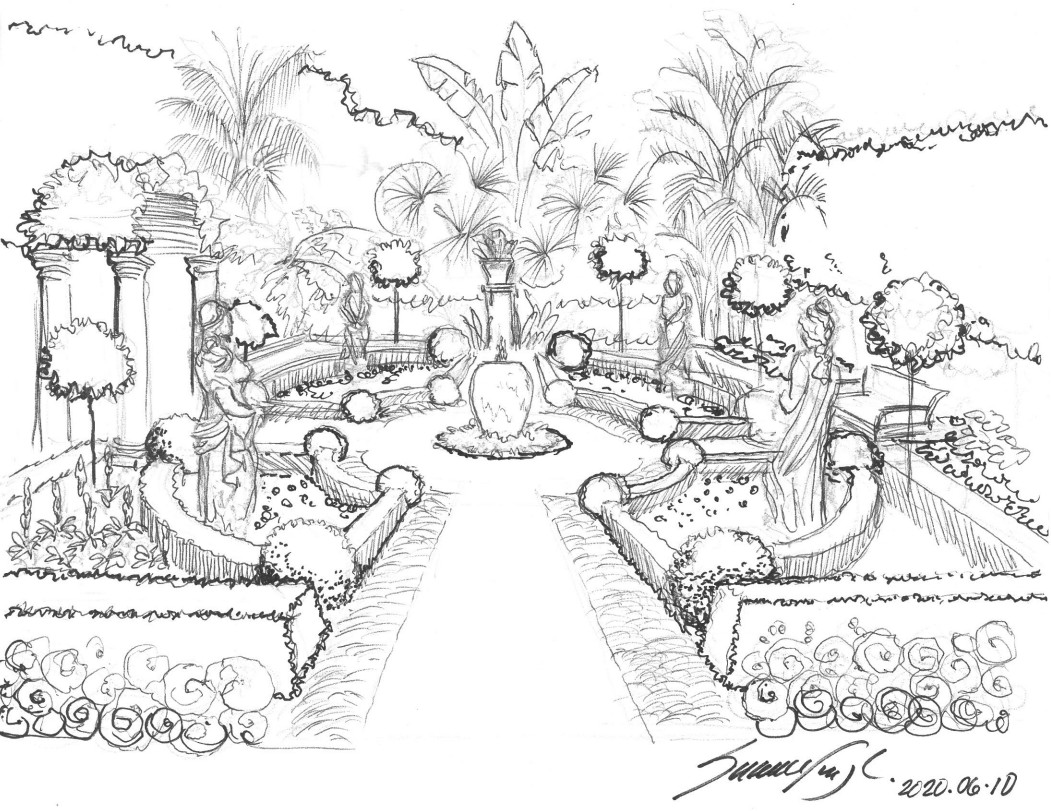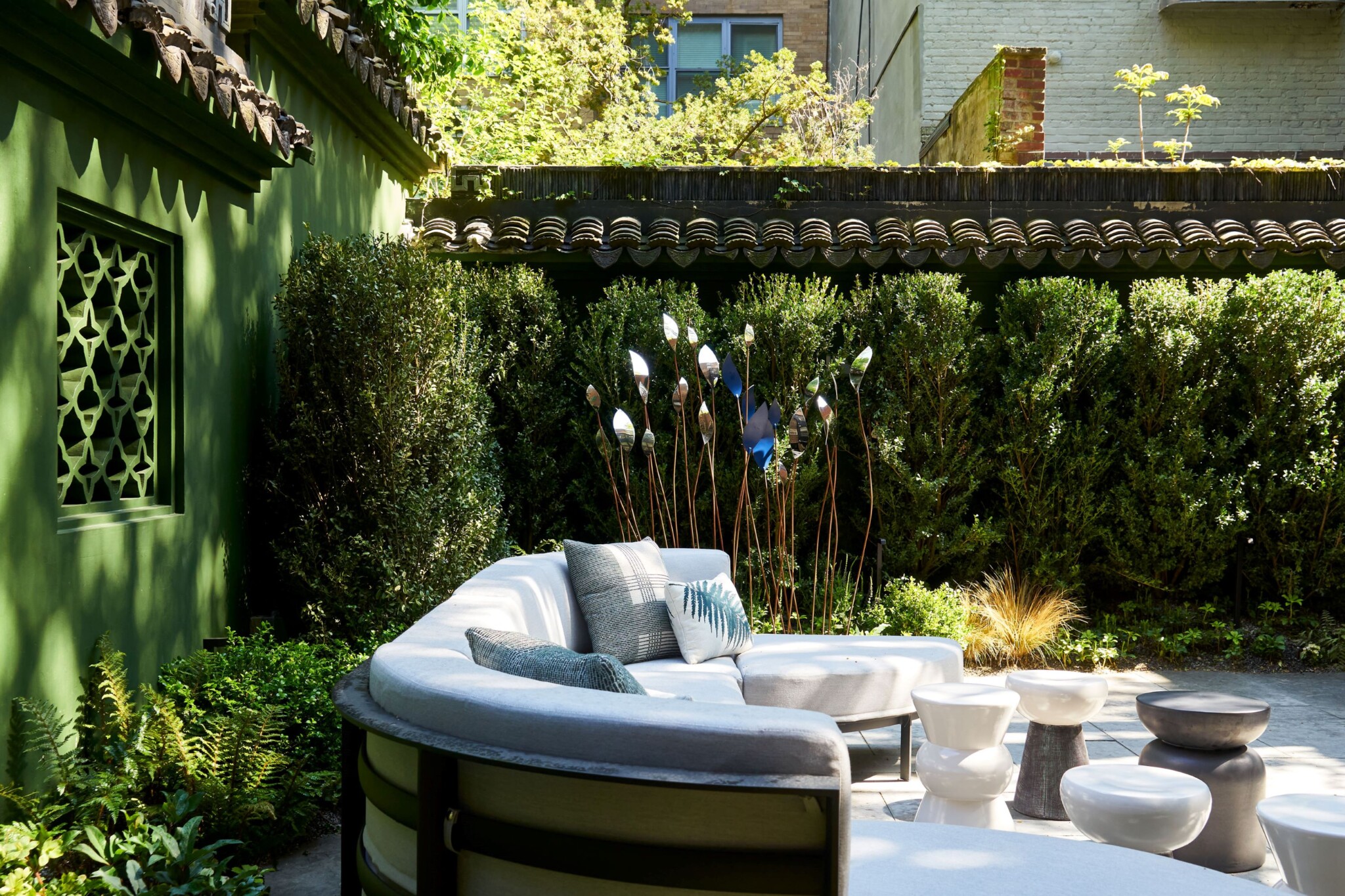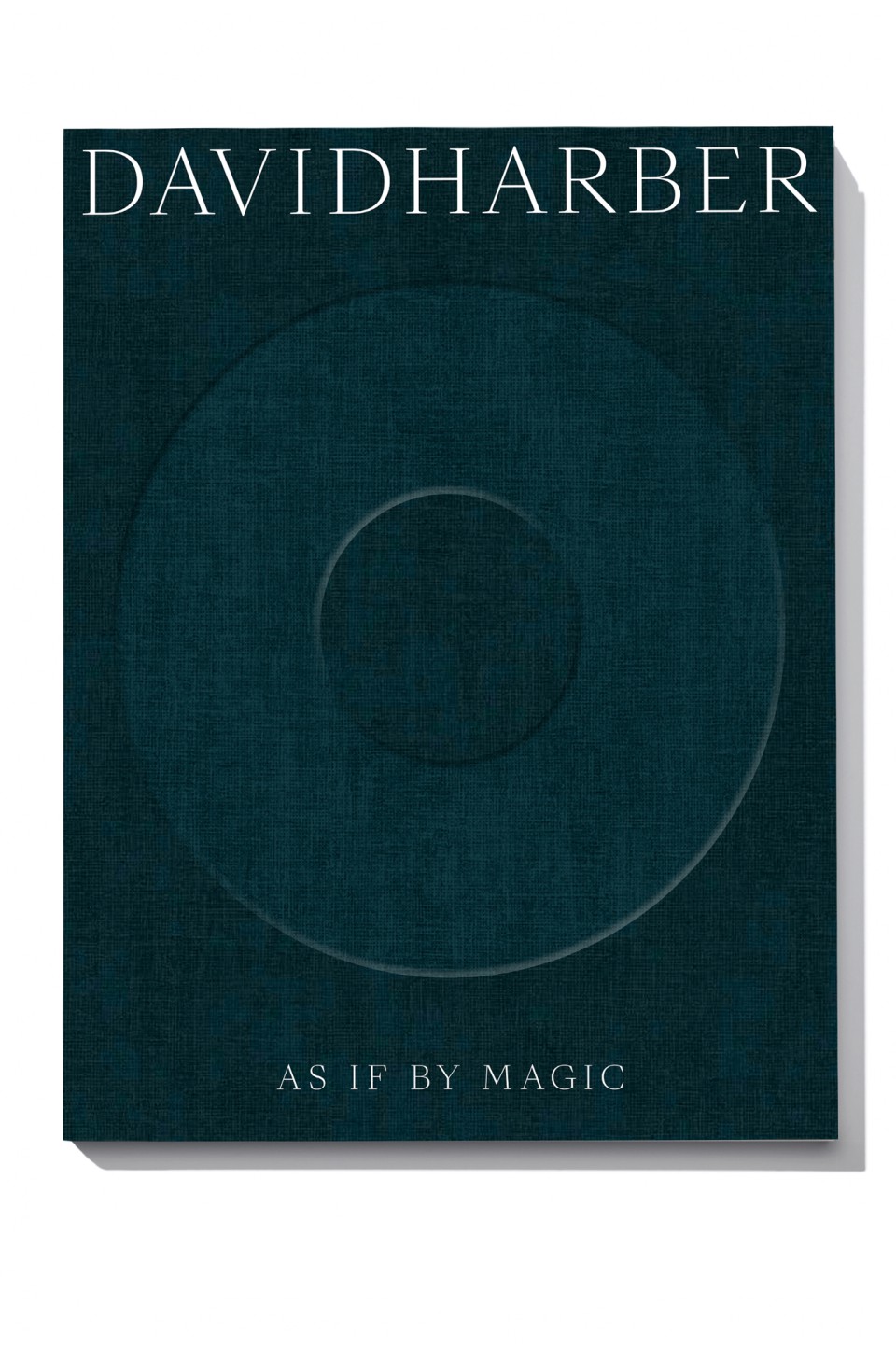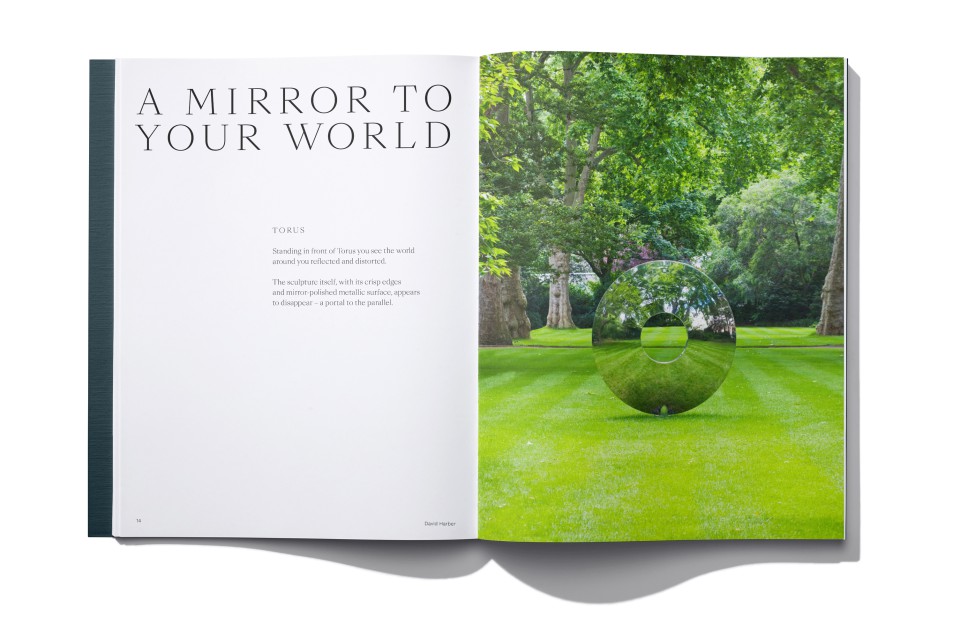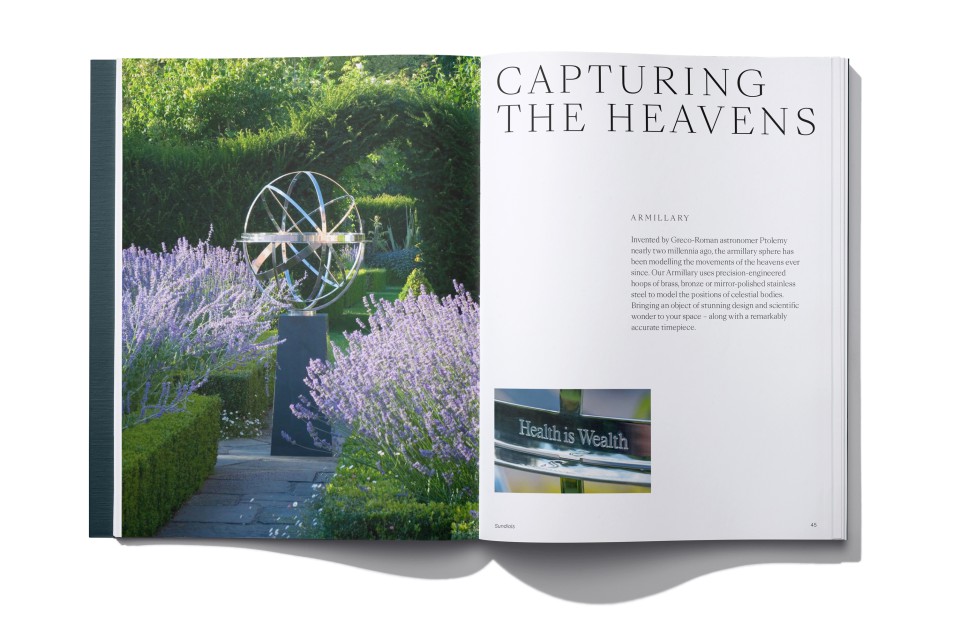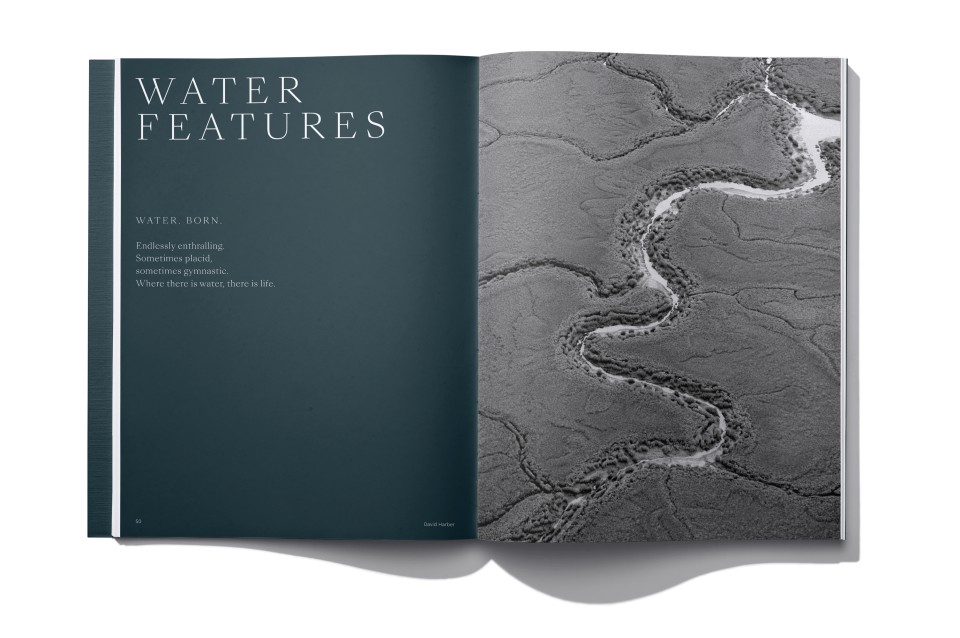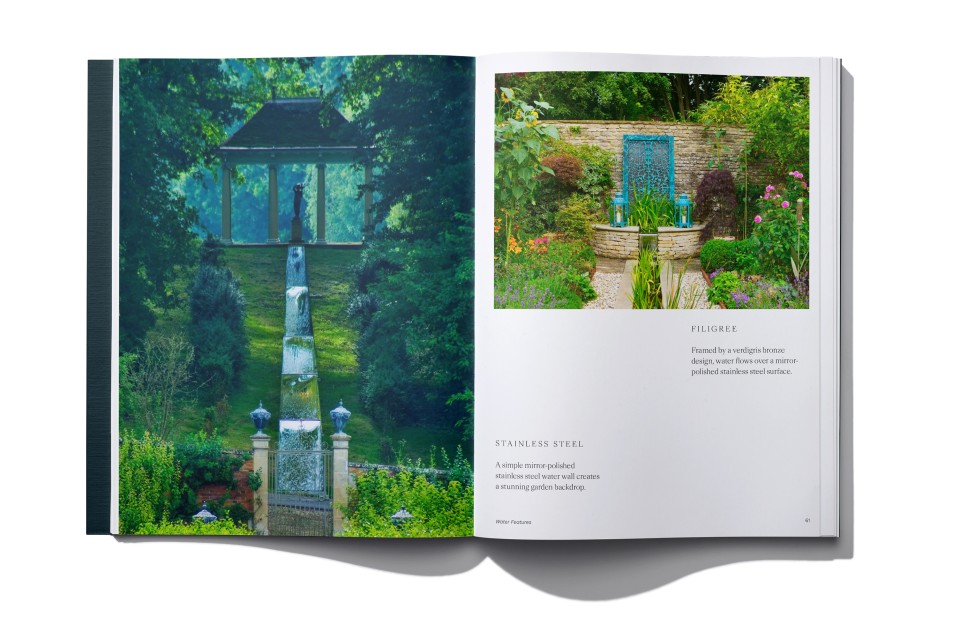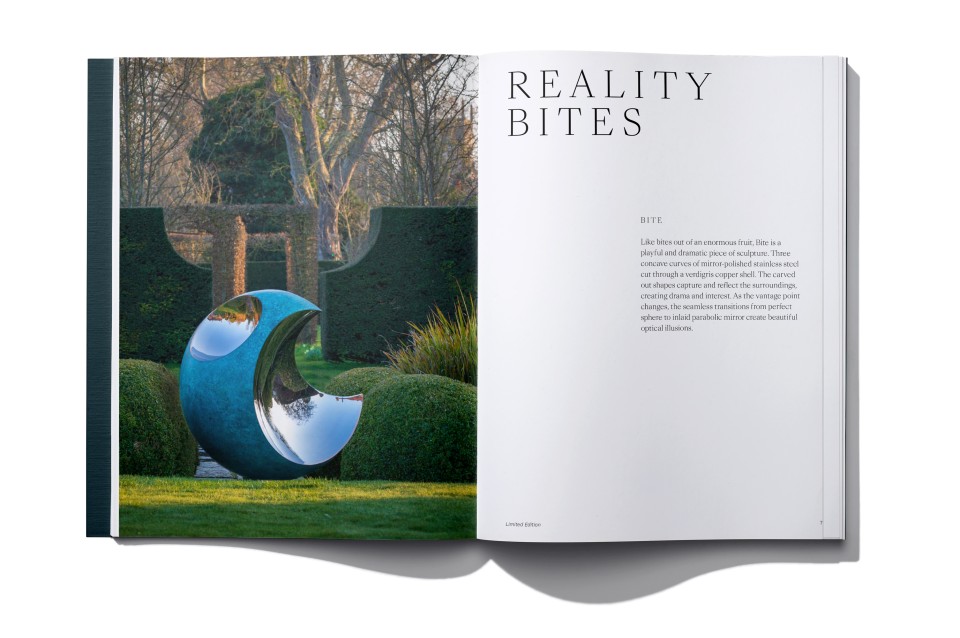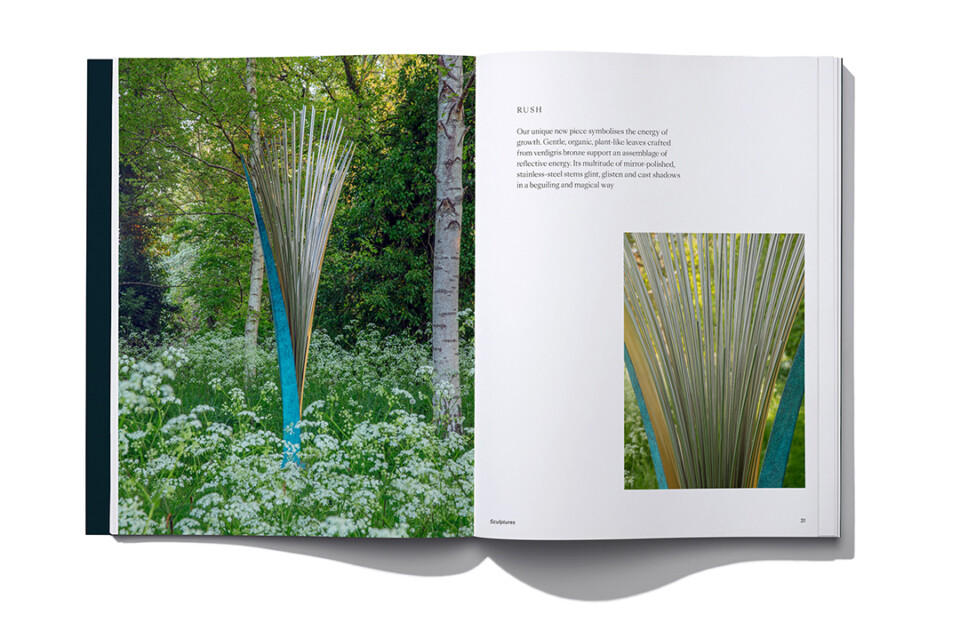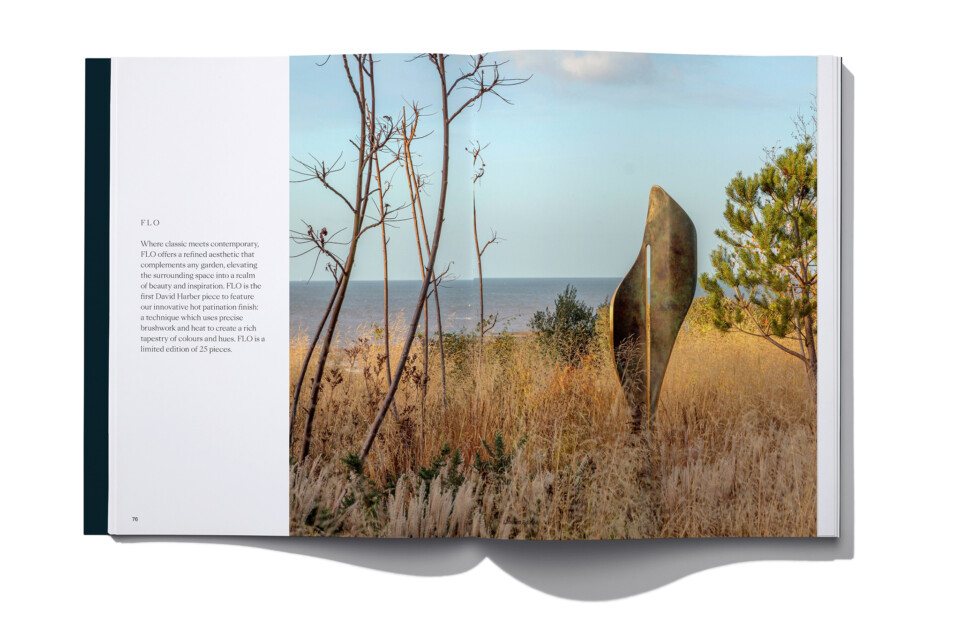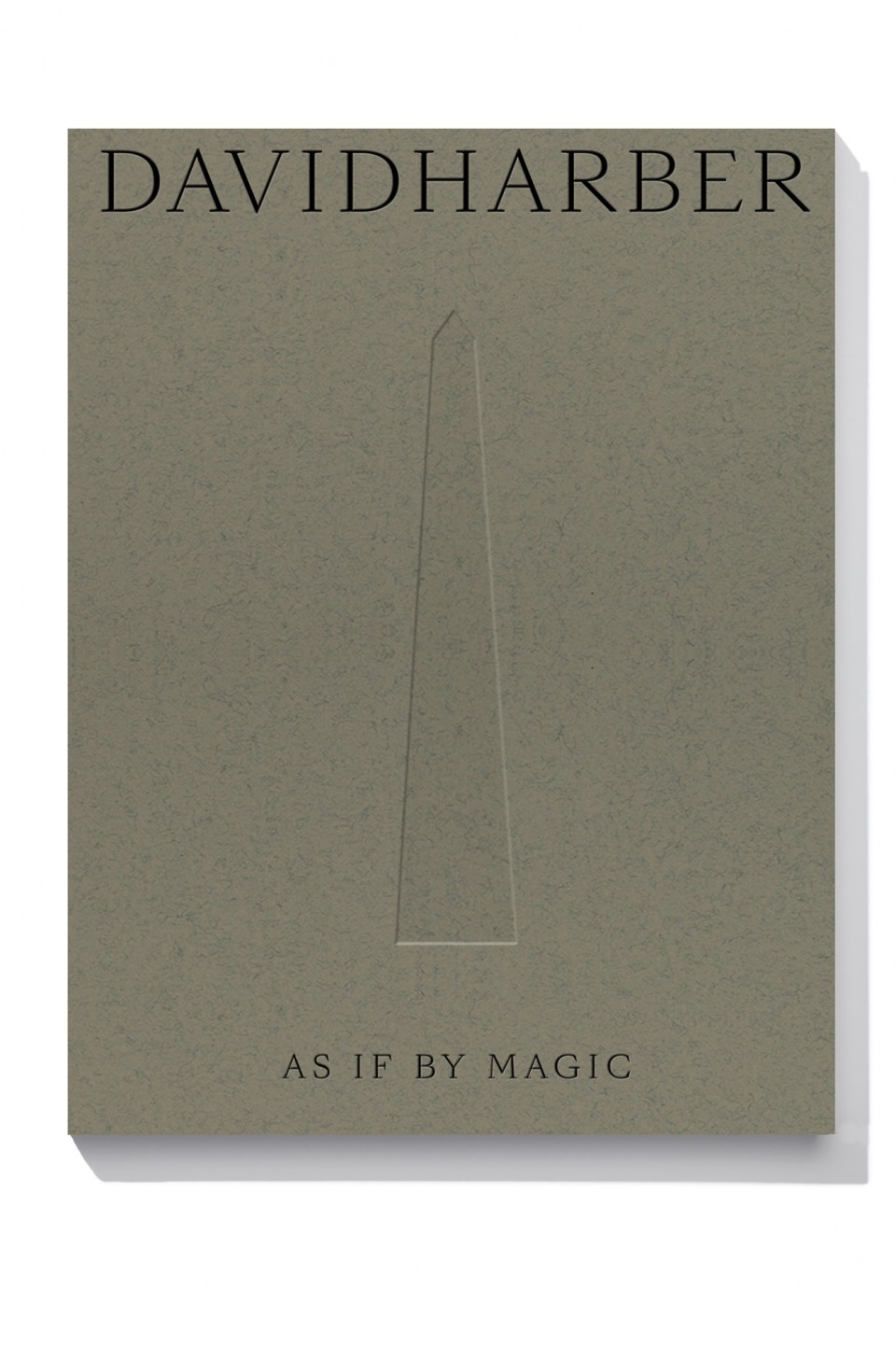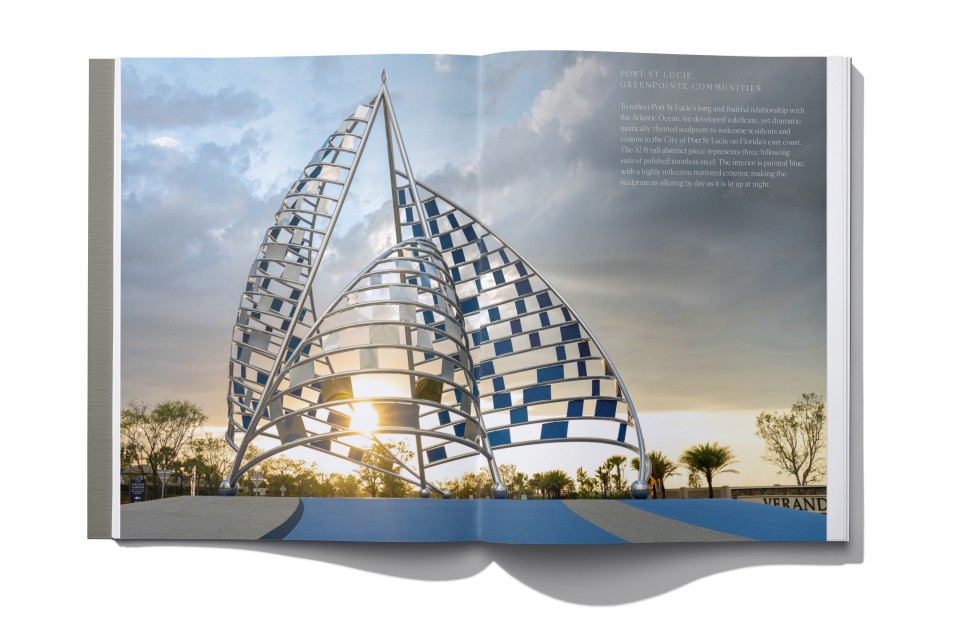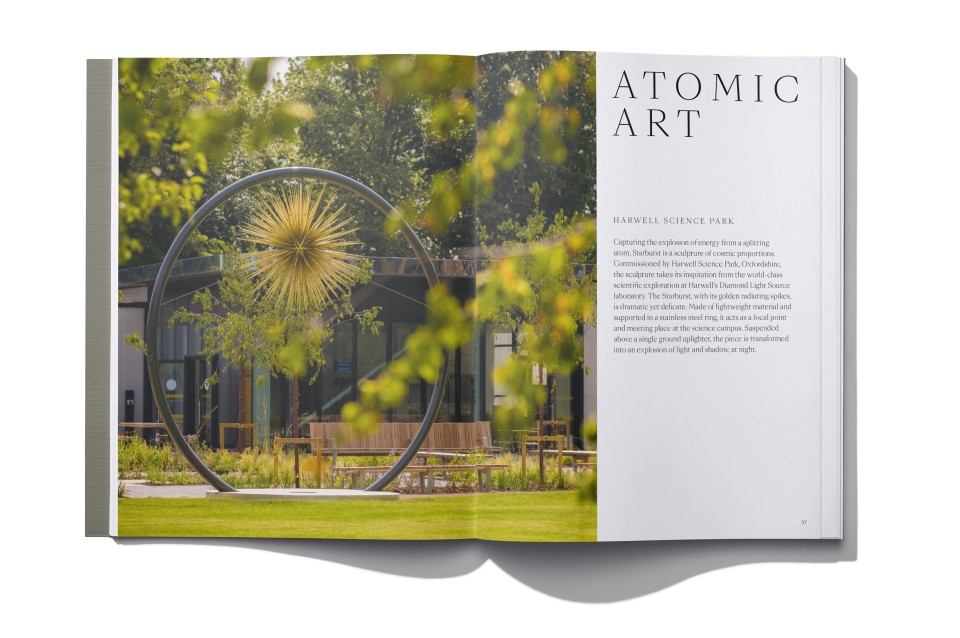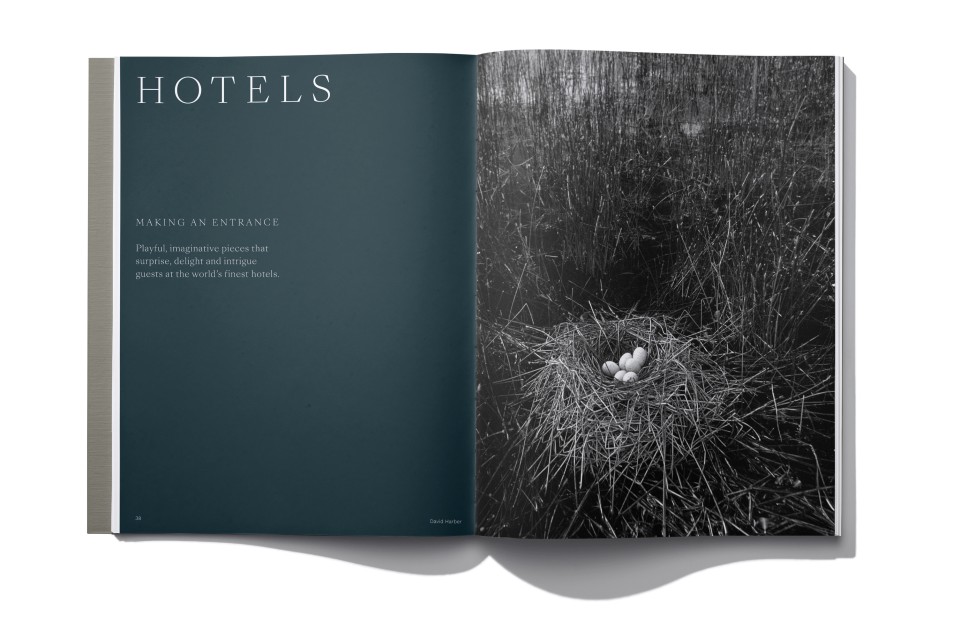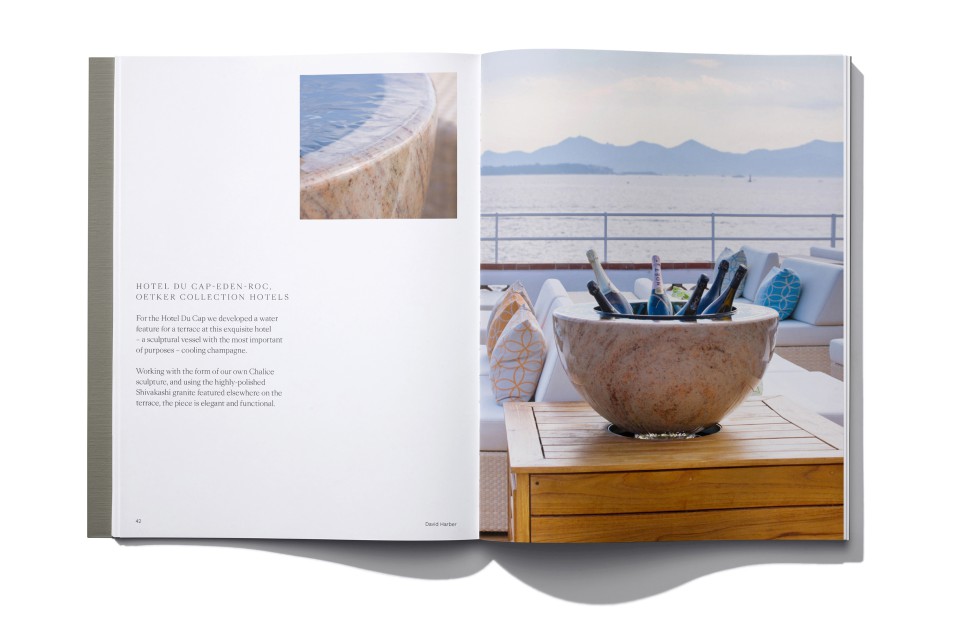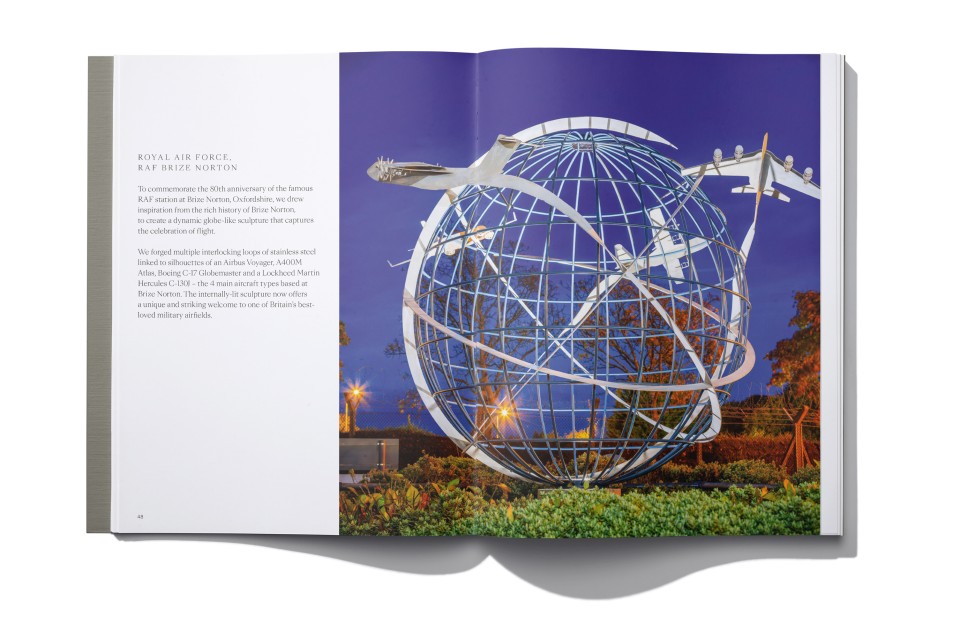Talking garden design with Nic Howard

Garden designer Nic Howard and his studio, We Love Plants, specialise in creating a ‘perfect outdoor oasis’ for every client. Designing with and for nature is key to his approach, and his designs consider both the beautiful and the functional to curate natural but liveable outdoor spaces.
In 2018 we worked with Nic to create a striking main avenue show garden at RHS Chelsea Flower Show. Sponsored by Savills, the garden featured a number of new sculptures including Aeon and The Bench of Contemplation and a stunning planting scheme. The garden won a coveted medal and became the most photographed garden at the show that year.
We caught up with Nic to discover where his love of gardens and design came from and we asked him what advice he’d pass on to aspiring garden designers.
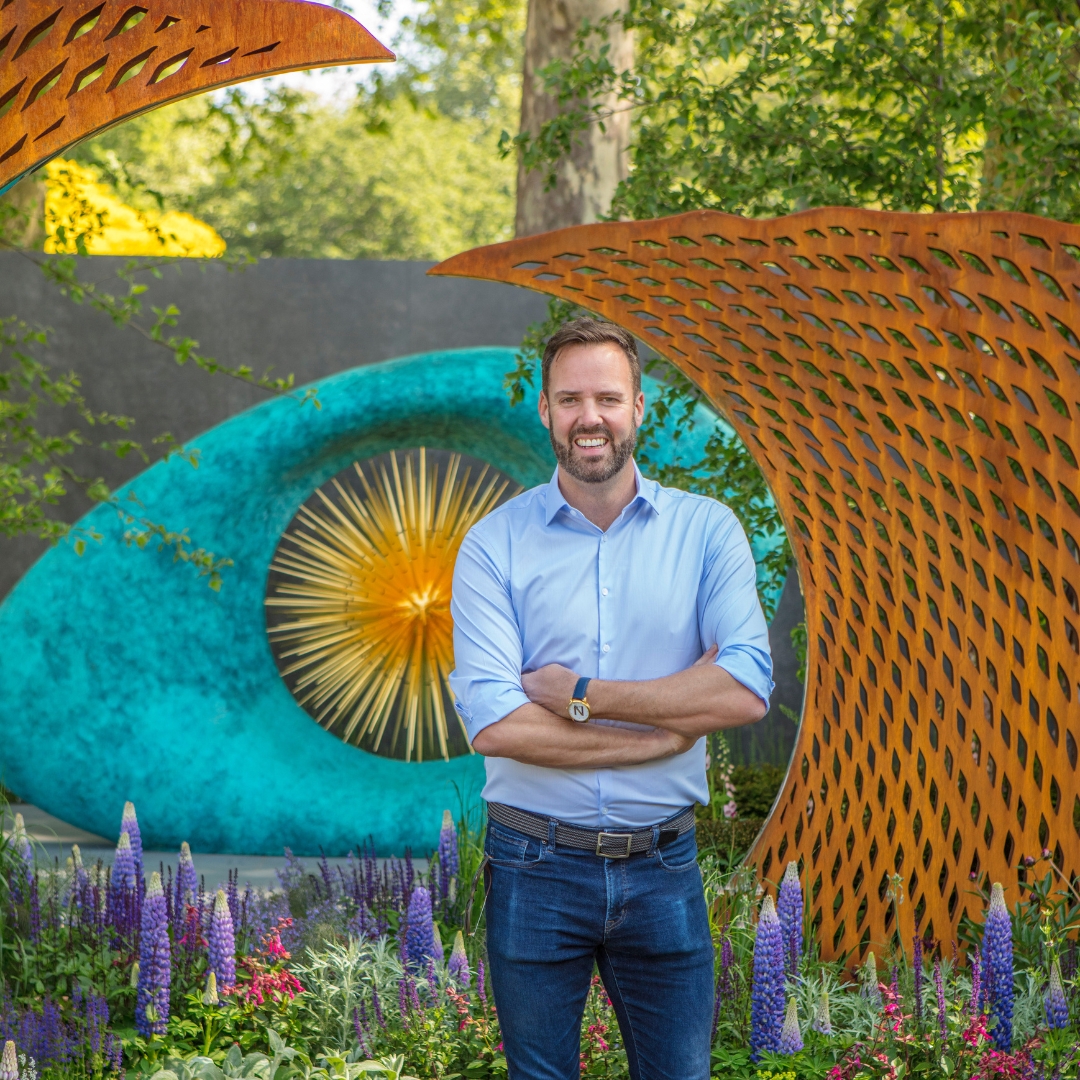
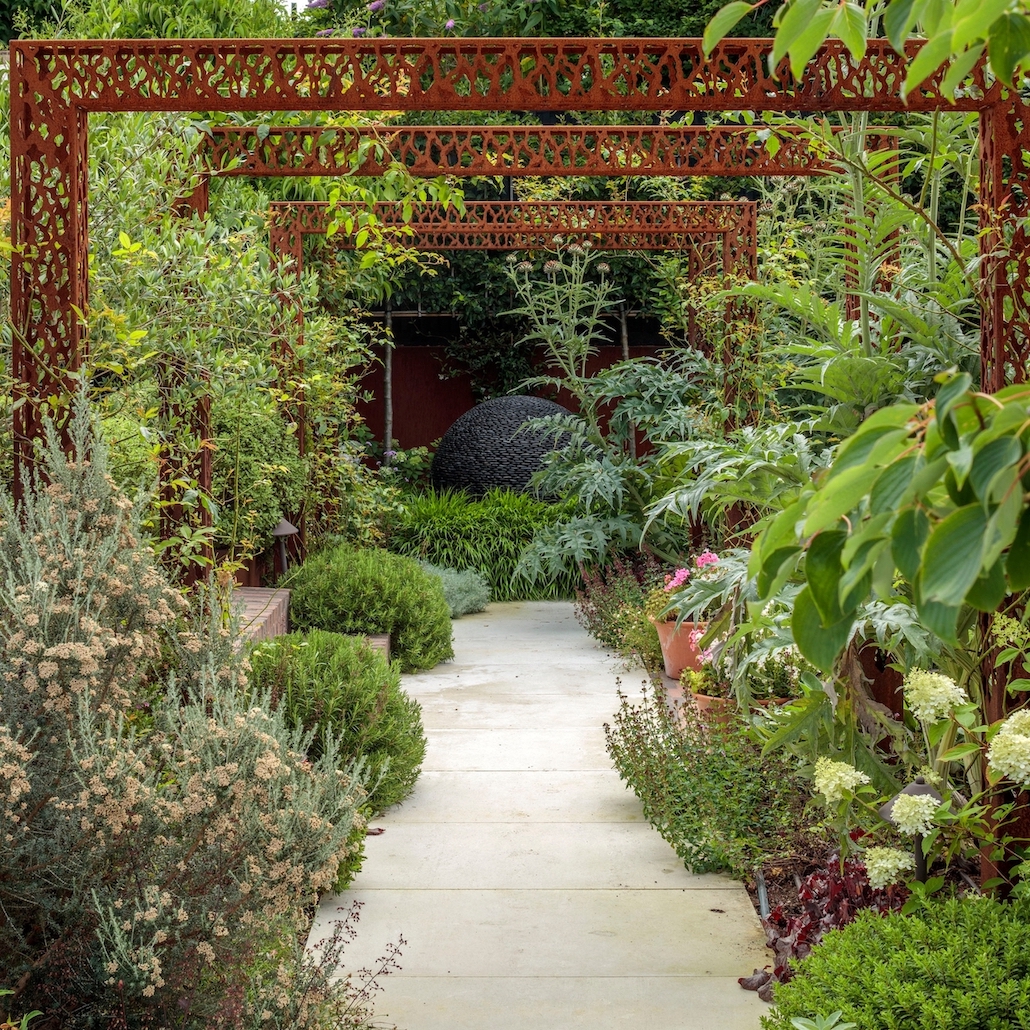
Tell us a bit about how you started out.
My love of gardens comes from the time I spent with my grandmother as a young boy. I was captivated by her colourful successional bedding schemes in patriotic red, white and blue. Each season had a different design to bring a fresh burst of life and vibrancy to the garden. Her passion for nurturing plants and creating natural beauty left a lasting impression on me, and sparked my lifelong appreciation for plants, gardens and design.
What are the key features or elements of a successful garden design?
The key to a successful garden design lies in understanding the client: their needs, their budget, and the impact the garden will have on their home, as it’s often their most significant and cherished asset, so our approach is one of great care.
Our designs are individual, client-led, and timeless. We always ensure the final design will complement and enhance the home, while still reflecting the personal tastes of the client. But underpinning all our work is a strong passion for plants and this allows us to create gardens that offer interest and beauty through every season.
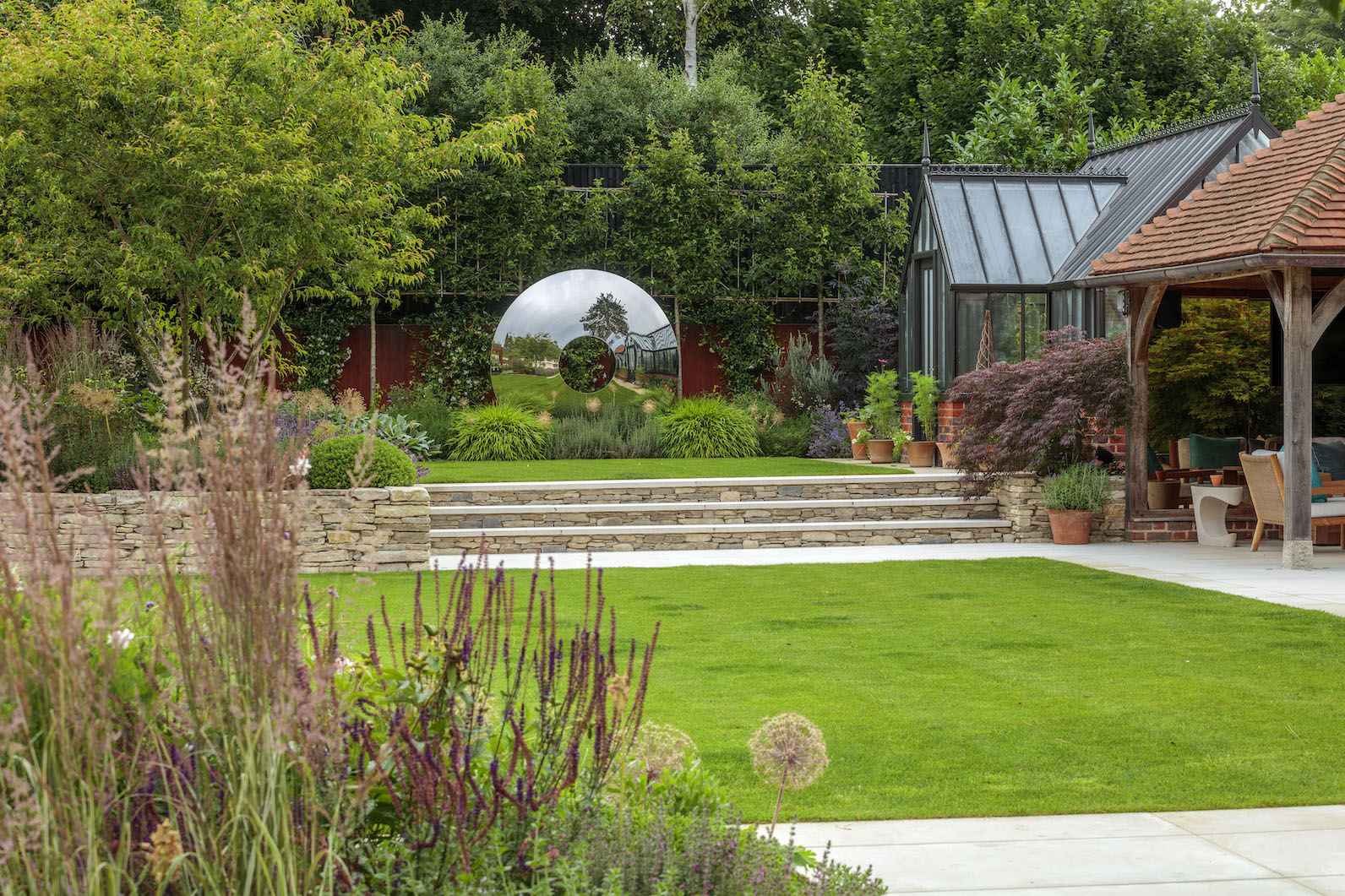
What role does nature play in your design process?
As garden designers and plantsmen, we prioritise wildlife-rich planting and advocate for a no-dig approach to gardening, which helps build a diverse and healthy ecosystem quite literally from the ground up. Our designs include plants and spaces that encourage habitat creation, provide shelter, and offer long seasonal interest. We blend both native and non-native species, ensuring the garden supports biodiversity while remaining visually engaging throughout the year.
Tell us about a project you feel particularly proud of.
One project that stands out for me is a garden we designed for a home in the Surrey Hills. The clients wanted a space evoked the feeling of a luxury, boutique hotel, so it could work as a peaceful retreat from daily life. To achieve this, we incorporated many complex elements within the garden. Including a beautiful pool and spa area and a large formal lawn surrounded by a diverse range of plants to encourage wildlife. The garden featured a beautiful Alitex greenhouse and several David Harber sculptures, which helped transform an under-utilised plot of land into a functional, beautiful, and sustainable garden that would grow and evolve over the years.
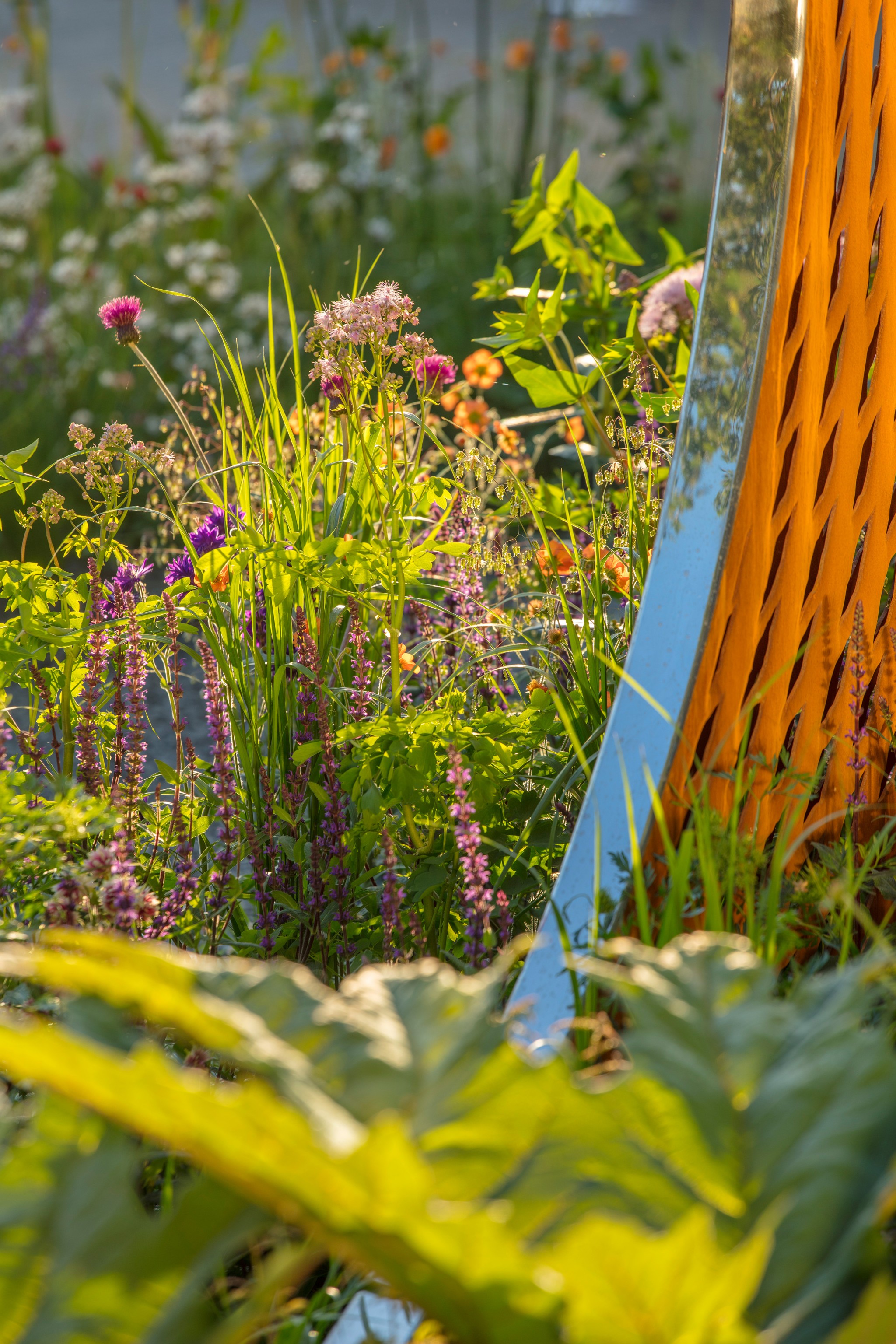
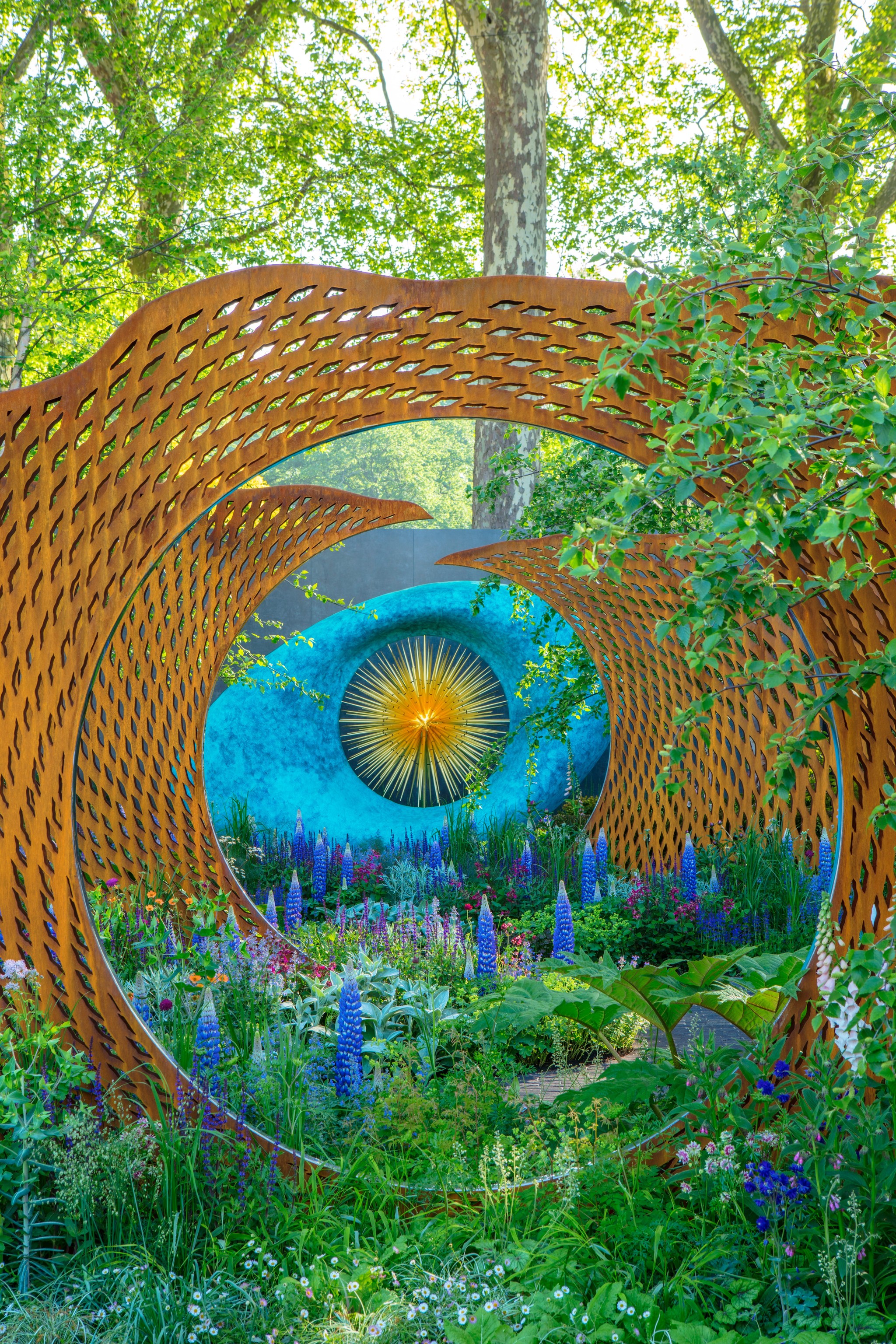
What advice would you pass on to aspiring designers?
Build a strong foundation of knowledge both in design principles and in understanding plants. If you feel you lack knowledge and experience, it is imperative that you find work within an established design practice to hone your craft. Garden design is as much about the relationships between spaces as it is about the plants that inhabit them. Spend time working with plants, get to know their growth habits, their seasonal cycles, and how they interact with each other. Don’t rush the process of learning – gardens evolve over time and a good designer understands that.
Also, I’d say be patient and don’t let yourself feel discouraged by setbacks. Not every idea will work as planned, but each challenge is an opportunity to learn and improve. Most importantly, stay curious and embrace your creative instincts. Garden design is both an art and a science, so be open to experimenting with new ideas and evolving your style as you grow in the field.
“I’ve always been captivated by David’s approach to sculpture and art. He’s an incredibly interesting and talented artist, and how his deep love of nature and the universe inspires his pieces is truly enthralling. His sculptures don’t just blend with the natural world, they enhance it. Adding depth, intrigue, and a unique artistic dimension to the garden.”
In your opinion, what does sculpture bring to a garden design, and what advice would you give to anyone thinking about commissioning a piece?
Sculpture can add a unique layer of interest to a garden design. It serves as both a tactile focal point and a conversation piece. When chosen carefully, a sculpture can reflect the spirit of the garden or the client’s personality, and it often introduces an unexpected element of surprise and intrigue.
For me, the key is ensuring that the sculpture is well integrated into the garden, and complements its surroundings rather than overpowering them. When commissioning a piece, I always advise my clients to consider scale, material, and placement. It’s important that the sculpture resonates with the space, works in harmony with the plants, and doesn’t dominate the entire view. Whether it’s a sleek modern piece or something more classical, the right sculpture can transform a garden by creating a lasting impression and bringing an added dimension to the design.
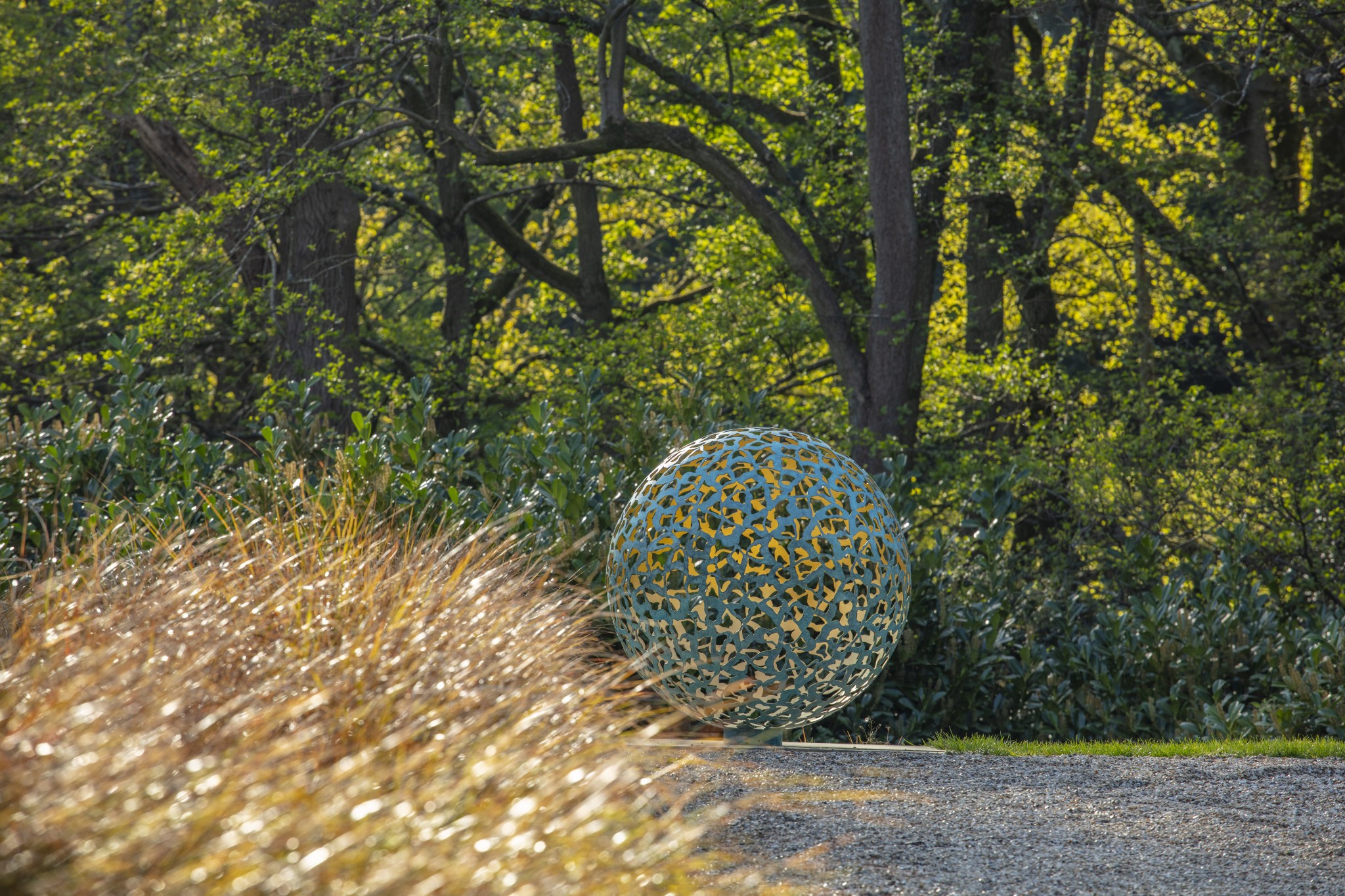
What is your favourite David Harber sculpture and why?
Geminus. This striking piece is made from Verdigris bronze with gold leaf on the inside, giving it a radiant, almost glowing, quality, even on the dullest day. The sculpture exudes a sense of energy, especially on a sunny day and at night when it’s subtly illuminated, it casts magical shadows. It sits beautifully amongst grasses and perennials without overpowering them.
I also love the Dark Planet. The carefully stacked and graded polished black pebbles create a wonderfully tactile sculpture that feels both grounding and dynamic. It sits beautifully within the garden, especially when placed against the lush greens of my favourite grass, Hakonechloa macra. The contrast between the sleek, dark pebbles and the vibrant fountain grass creates a stunning visual balance and brings a unique energy to the space.
To see more of Nic’s work, visit we-love-plants.co.uk.
Get in touch
Whether you’ve decided on a piece, or you just want to sound out any aspect of our work, then please do get in touch.
